April 26, 2024 Update
Turkey
Success!!! Happy hunting all. Thank you for all you do! Wishing great safe hunt’s to all! Gobble Gobble!
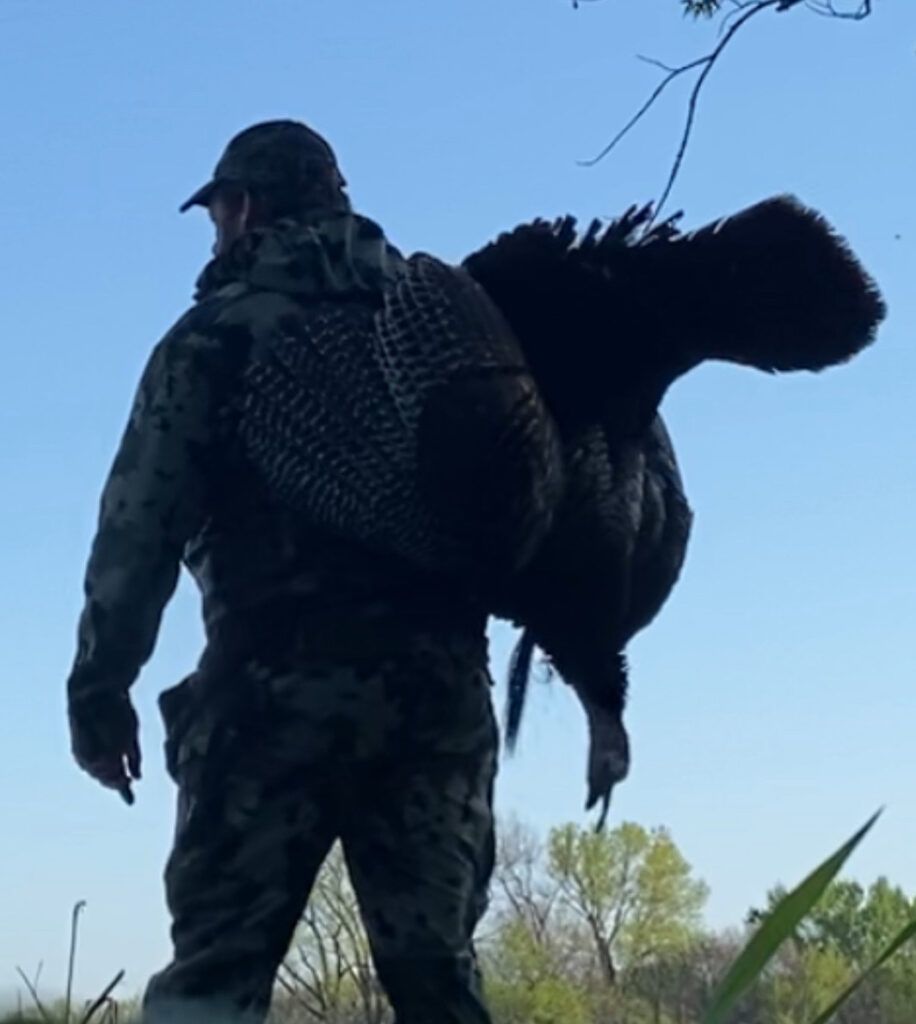
Home
Mid-America Hunting Association (MAHA) has been providing self-guided private leased land hunting in Kansas, Missouri, and Iowa since 1965.
Members have a choice to hunt deer, turkey, pheasant, quail, duck, goose, or fish.
MAHA hunting is 100% fair chase wild game. We supply the land, and the members supply their own licenses, tags, and gear.
All the land has been scouted and leased directly from the landowners by Jon Nee, owner since 1982.
We currently have 160,000 leased acres spread across 76 counties in Kansas, Missouri, and Iowa.
All farms are mapped on county road maps with aerial photos and GPS coordinates.
Each hunt is controlled by a telephone or online reservation/map system to ensure safe quality hunting. Reservations can be made 24/7 the day of a hunt or up to 30 days in advance.
Seniority does not exist; all reservations are made on a first come first serve basis to all members.
Applicants are screened by interview prior to acceptance as a member. We only accept responsible sportsmen that respect the land they have the privilege to hunt.
The number of memberships is limited for all states and seasons to not overpressure the game and maintain high quality hunting for everyone. Whether it be deer, turkey, waterfowl, or upland bird hunting, we limit the number of members based on the amount of land available.
Lodging is not included but we do provide a local lodging list that includes hotels, motels, Airbnb’s, and campgrounds closest to our leases in every county we have leased land.
In return we expect all members to adhere to the highest standards of sportsmanship and to strictly obey all club rules as well as state and federal fish and game law.
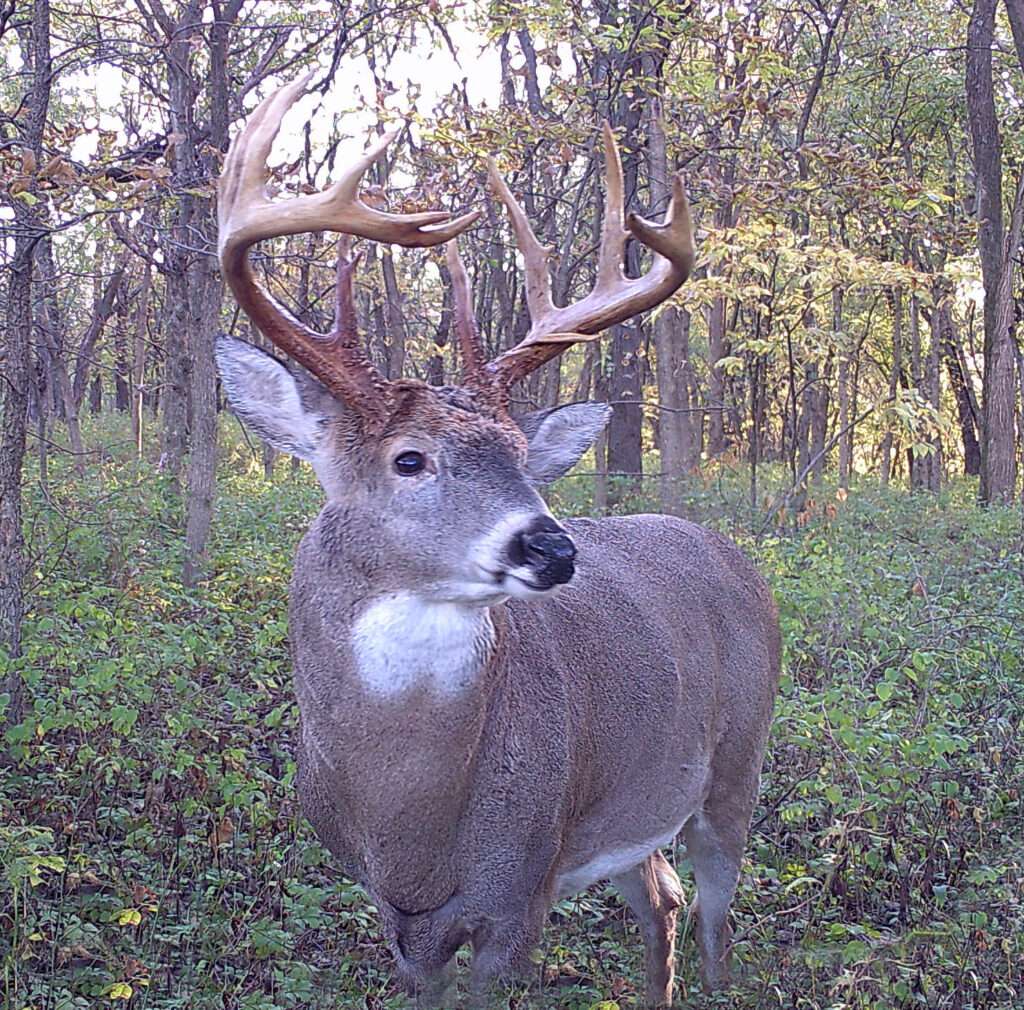
Once accepted, members have a choice to scout and hunt thousands of acres of quality private leased land in Kansas, Missouri and Iowa spread across 76 counties. The habitat includes heavy timber, small timber plots, creek bottoms, and CRP adjoining corn, soybeans, wheat, and milo. Method options include archery, firearms, and muzzleloader. The average deer spot is 160 acres.
We offer the spring turkey hunter access to three top producing states. All hunting is self-guided on private leased land. The season is 8 weeks long with the opportunity to fill 4 tags. We boast an exceptional spring turkey success ratio compared to the state’s averages. Most of our turkey are Eastern, but we do have Rio Grande in Western Kansas.
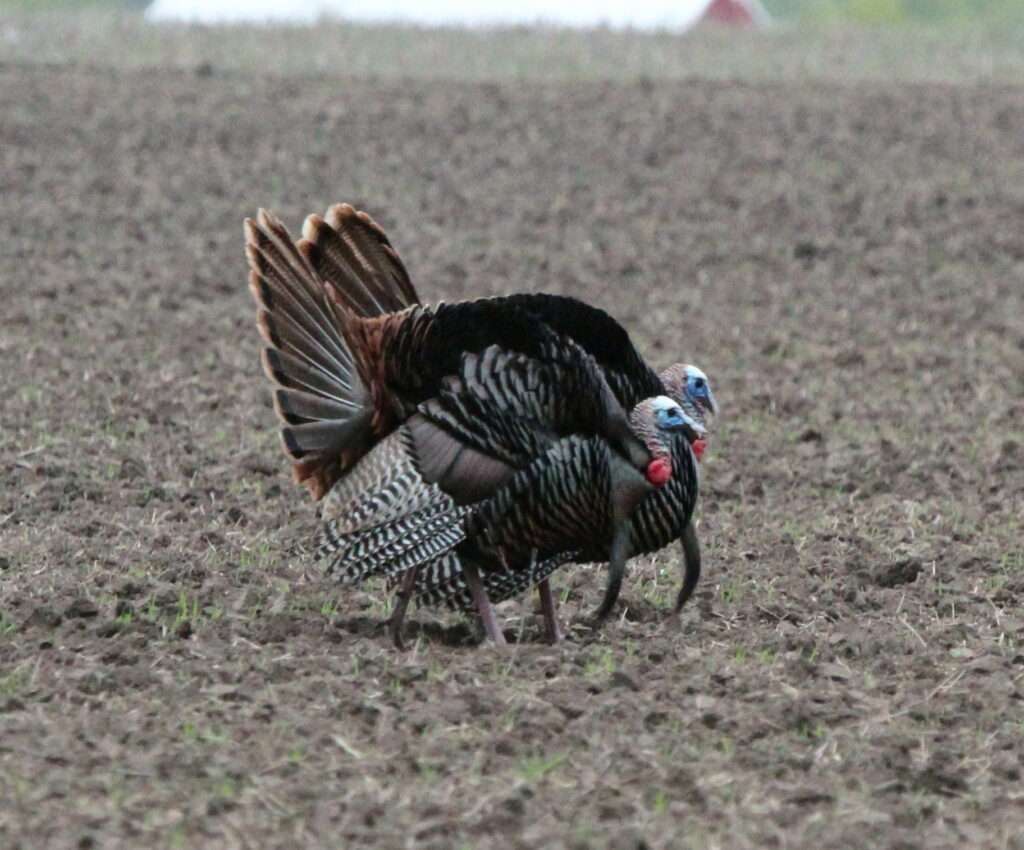
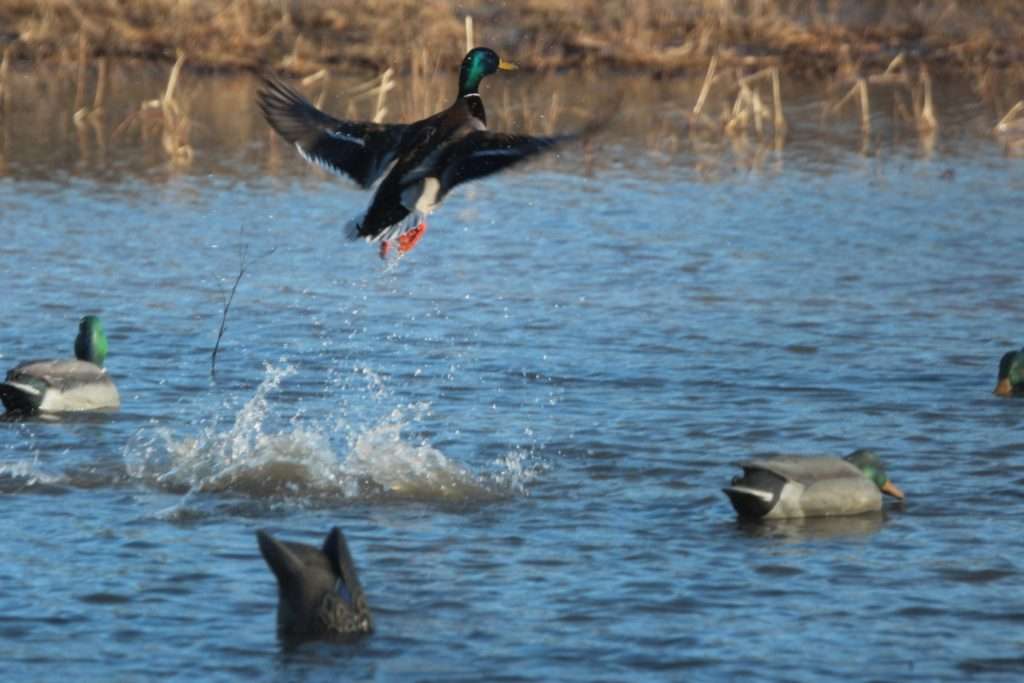
Managed private wetlands and crop stubble, with permanent blinds, layout, and wade-in areas. The wetlands include marsh, sloughs, oxbows, flooded food plots and open water. Having a variety of wetlands gives you the opportunity to follow the migration and go to where the birds are, rather than relying on a single leased blind or waiting in line at a public area.
Goose hunt early, regular, and late season for dark geese and spring for light geese over water and crop stubble. Tens of thousands of acres are available giving the hunter the opportunity to scout and hunt where the geese are.
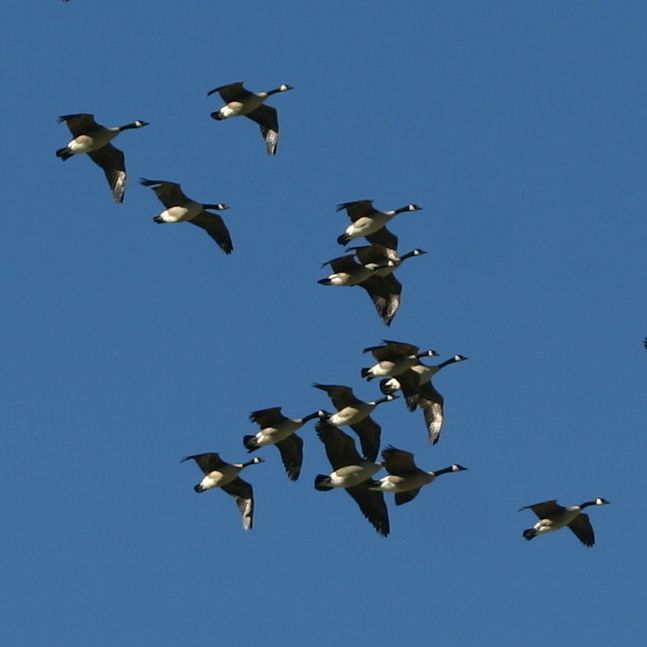
Wild bob white quail hunting on small and large private leased farms in Kansas, Iowa, and Missouri. Hunt at your own pace behind your own dog(s) on row crop land spread across 76 counties. Each quail hunter will be allocated 400 to 500 acres per day.
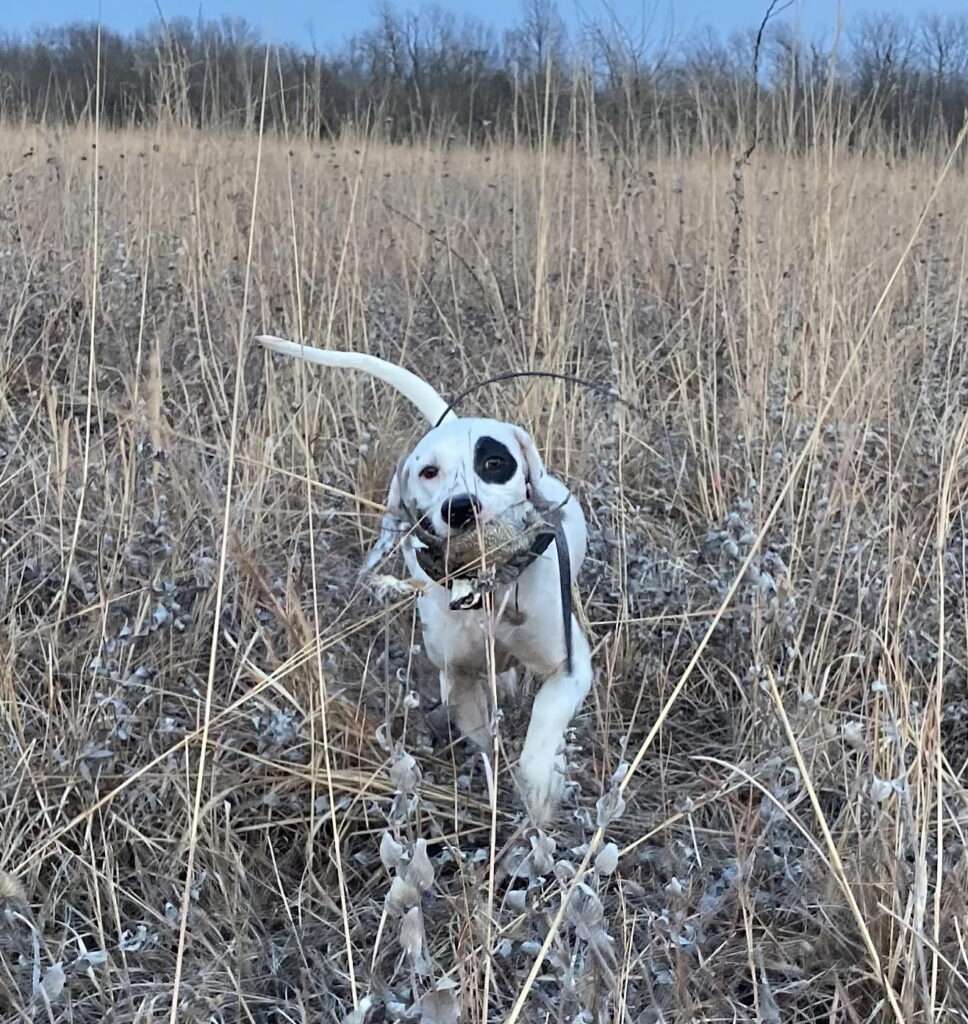
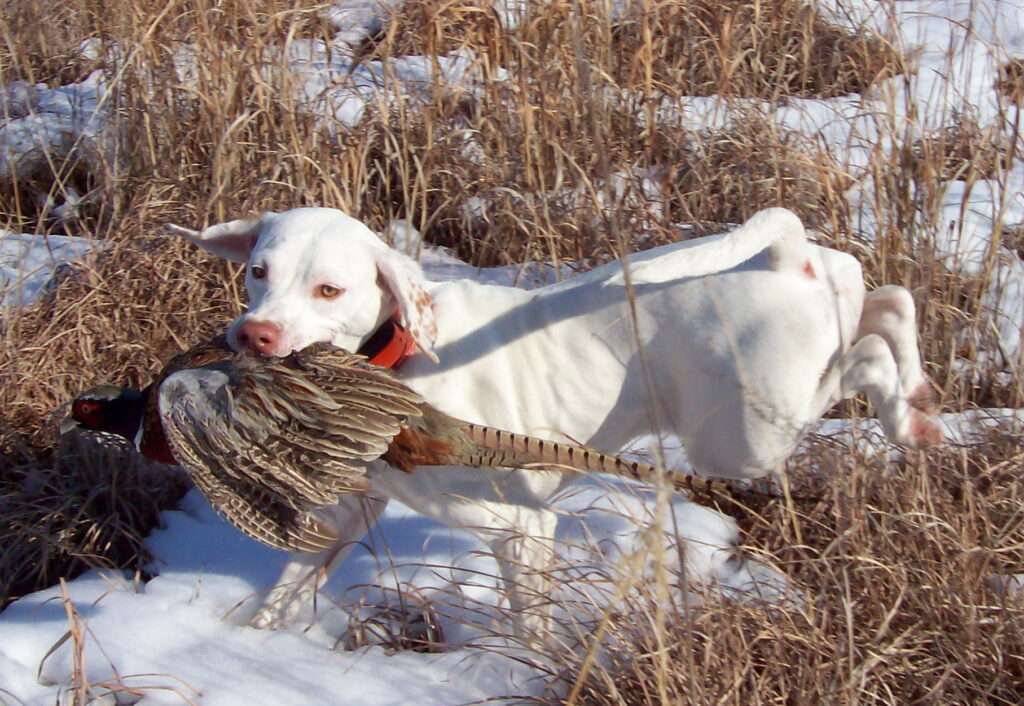
In recent years, Western Kansas and southern Iowa have been the most productive pheasant hunting regions for our members. The brushy draws and CRP fields adjoining row crop are ideal cover for both the pointing and flushing dog. All birds are wild.
We offer members access to designated private farm ponds, strip pits, irrigation/watershed lakes and rivers for bass, crappie, bluegill, and catfish. Members’ spouses and dependents are allowed to fish at no charge.
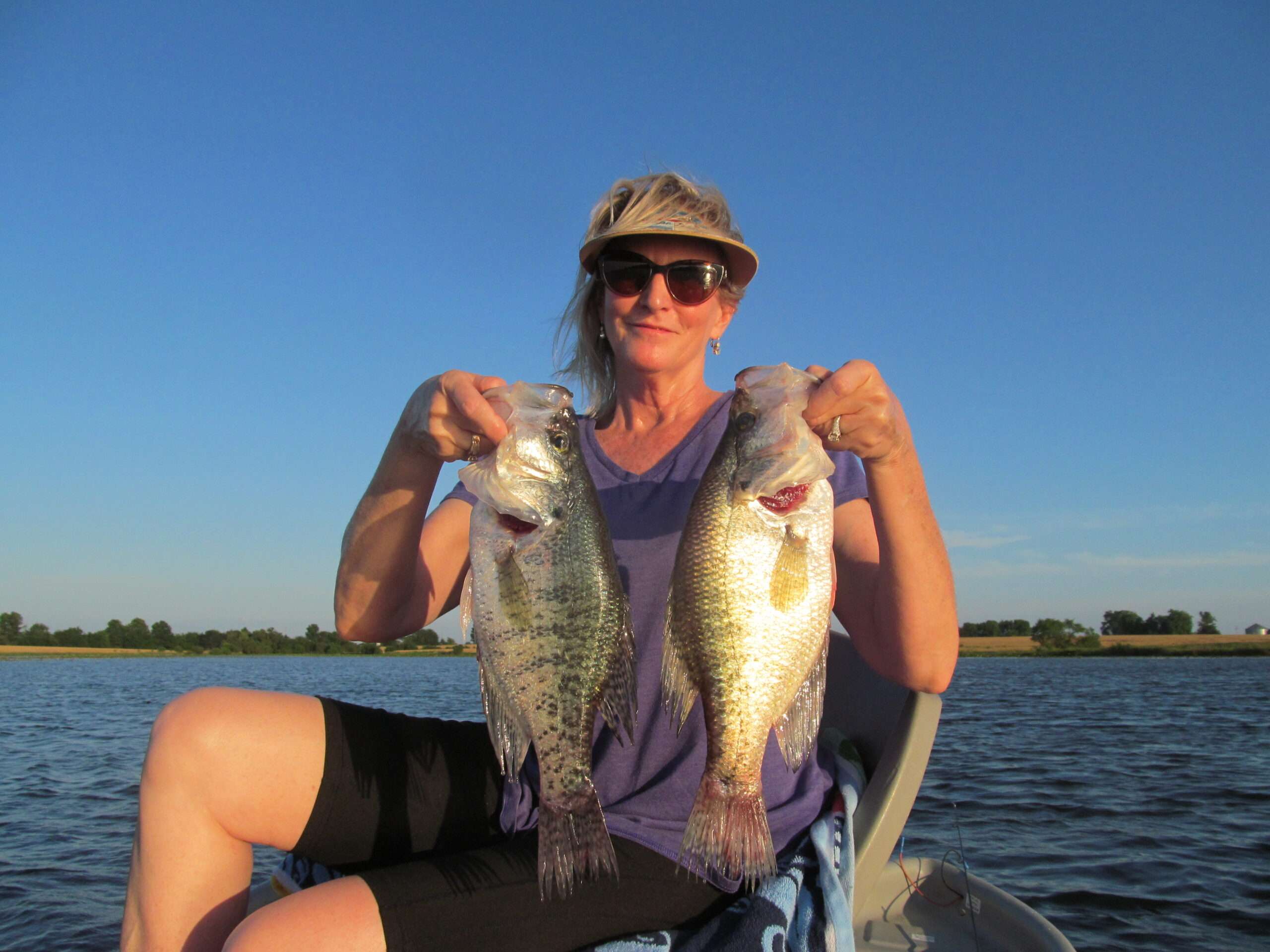
Success!!! Happy hunting all. Thank you for all you do! Wishing great safe hunt’s to all! Gobble Gobble!

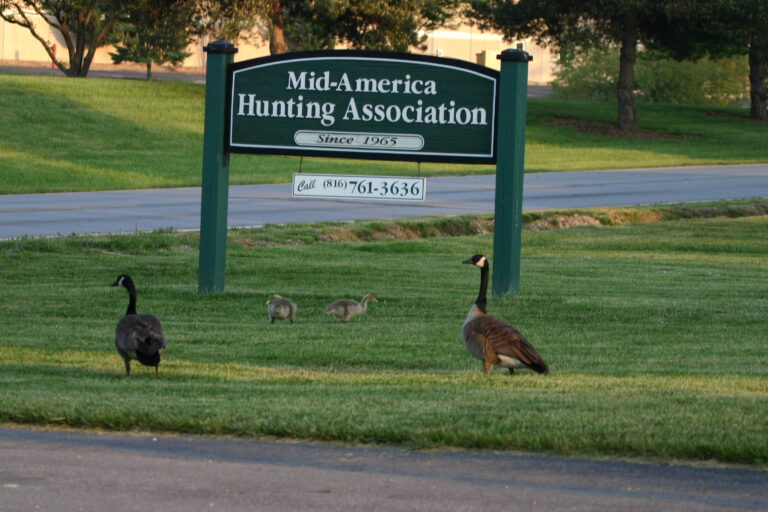
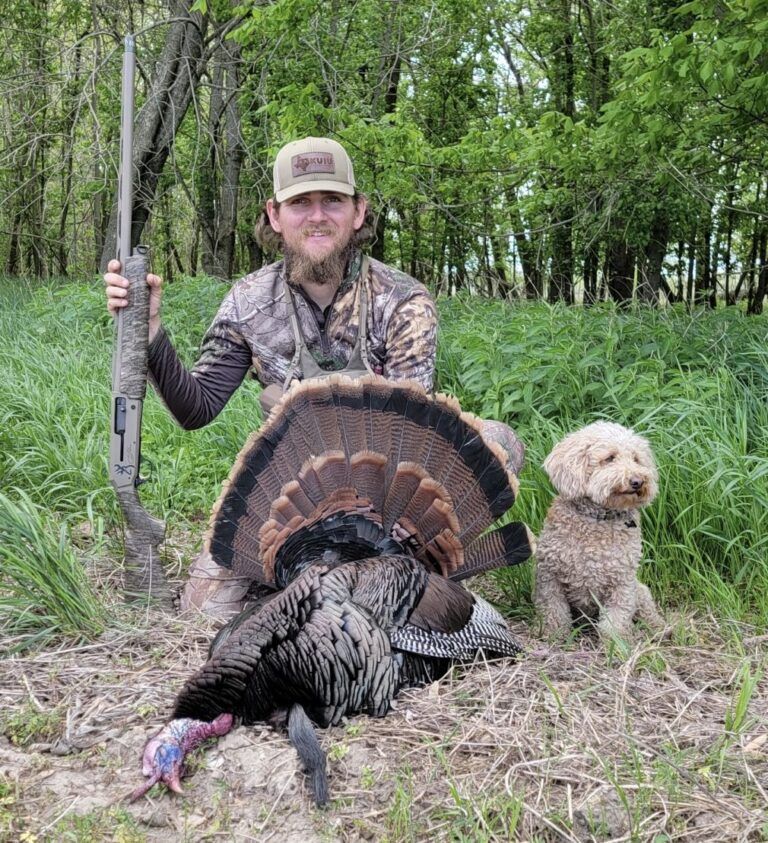
Turkey Cricket strikes again! She normally sleeps in of a morning and I try to take her with me in the afternoons so she can
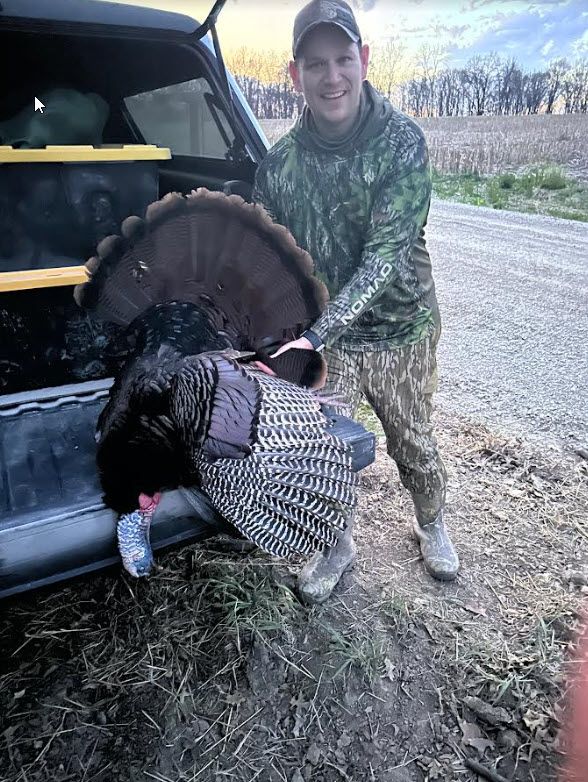
Turkey We were both successful in taking turkeys! This was our first hunting experience with MAHA and we loved it. Jeff’s Bird: 28lbs, 11inch beard,
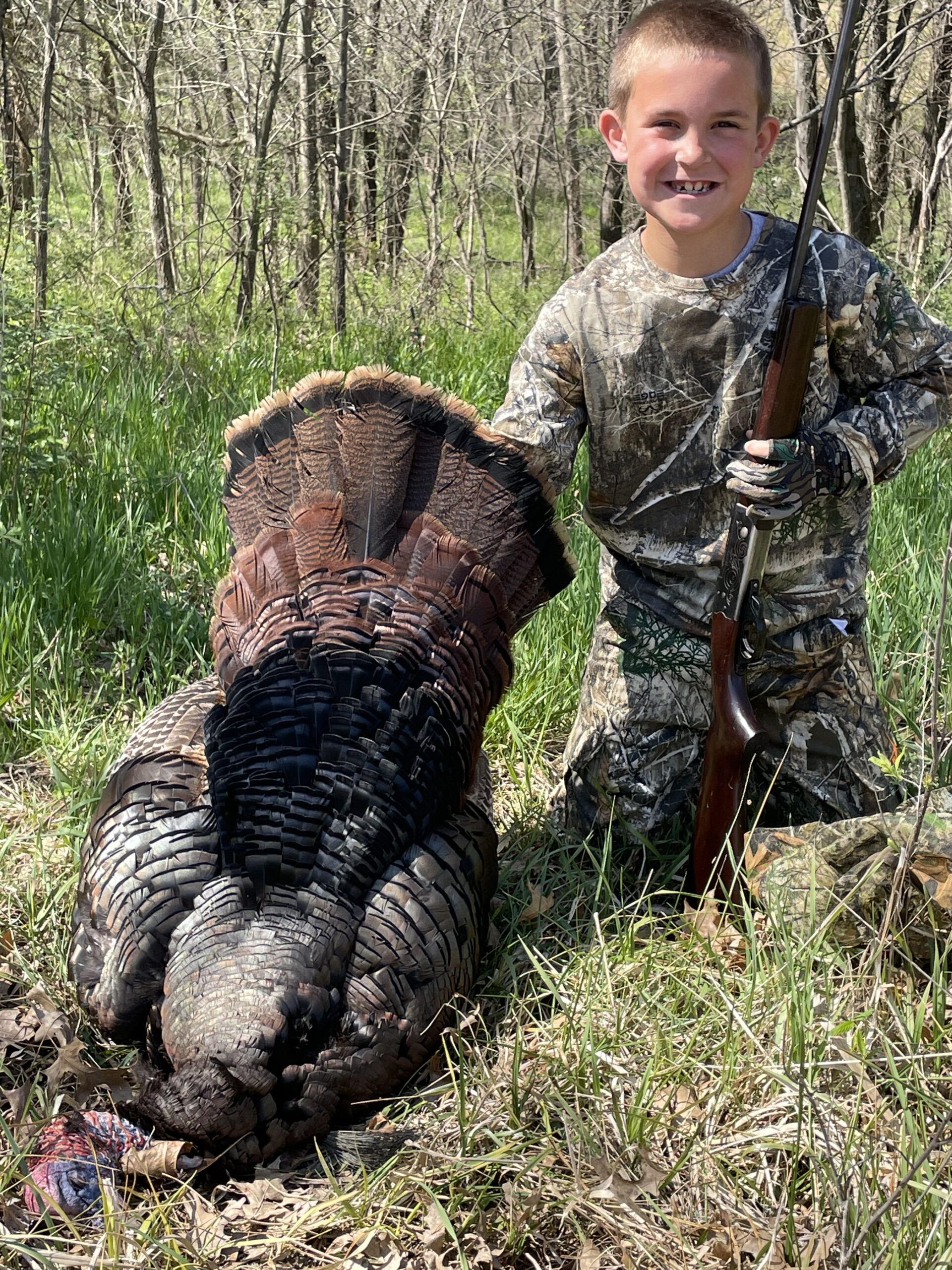
Turkey Hello Jon and Susie, Members Matt and Heath. This is Heath’s first turkey!! Shot him at 12 yards with a 410. He was very
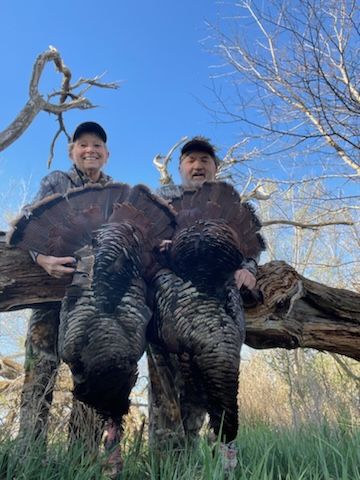
This site is protected by reCAPTCHA and the Google Privacy Policy and Terms of Service apply.
© 2024 All Right Reserved.
Mid-America Hunting Association
© 2024 All Rights Reserved
Mid-America Hunting Association